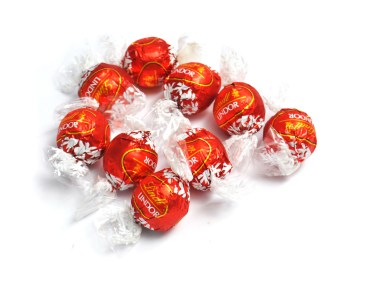
There are several dozen graves from the second world war (and some from the first) in churchyards near my village on Salisbury Plain, but all of them British or Commonwealth ones. Nor have I seen any enemy graves elsewhere, although some 4,500 Germans died on British soil during the last world war, and a far smaller number in the Great War. Until 1962 they lay in many hundreds of cemeteries throughout Britain, Northern Ireland, the Isle of Man and the Channel Islands. But in 1959 the German equivalent of the Imperial (later Commonwealth) War Graves Commission (IWGC), the Volksbund Deutsche Kriegsgräberfürsorge (VDK), was given leave to rebury the dead of both wars collectively at Cannock Chase in Staffordshire, at what was to be the German Military Cemetery.
Between April 1962 and May 1963 the VDK located and exhumed nearly 5,000 bodies from across the British Isles, including those of many victims of the first world war. Not all the dead, however. Some, mainly prisoners of war or internees who had died in captivity, had been interred in Imperial War Grave Commission cemeteries, and there they remained. But the greater number had been buried closest to where they fell, sometimes in a large municipal cemetery, sometimes in a rural churchyard.
These latter burials, says Tim Grady, a professor of modern history at the University of Chester with a long established interest in what might be called ‘war thanatology’, created a special and rather surprising bond between the buriers and the buried. The enemy became ‘our’ dead – or, rather, the villagers whose forebears now shared the ground with members of the Luftwaffe (usually) felt it to be somehow their duty to cherish the remains of sons of distant fathers and mothers.








Comments
Join the debate for just £1 a month
Be part of the conversation with other Spectator readers by getting your first three months for £3.
UNLOCK ACCESS Just £1 a monthAlready a subscriber? Log in